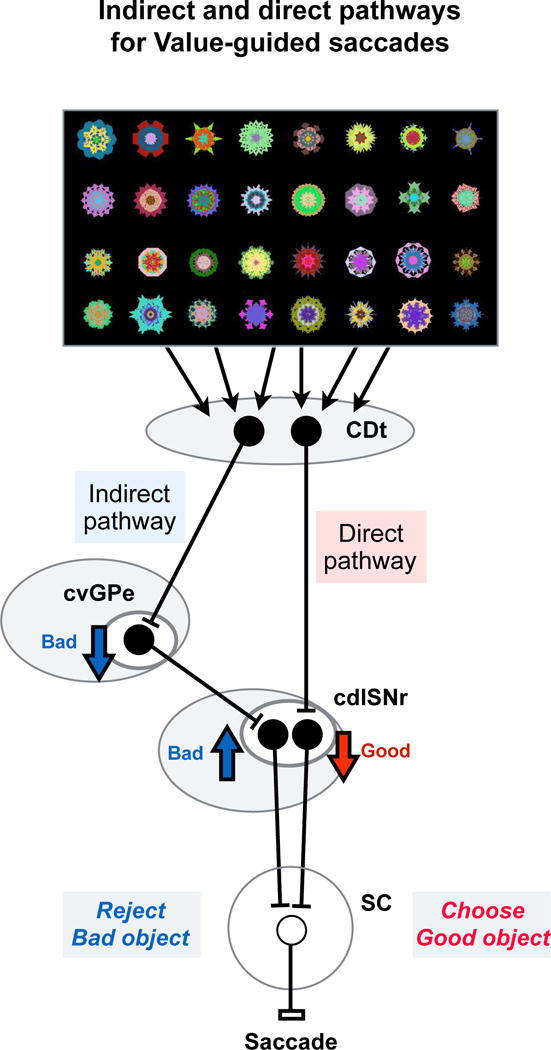Figure 8. Direct and indirect pathways to determine the goal of saccadic eye movement.

Differential information processing through direct and indirect pathways. In this scheme, inhibitory and excitatory neurons are shown by black and white circles. CDt neurons process visual objects selectively, together with their positions and stable reward values(Kim and Hikosaka, 2013; Yamamoto et al., 2013). This set of information is then processed through its direct pathway (CDt-cdlSNr) and indirect pathway (CDt-cvGPe-cdlSNr). Both pathways are sensitive to stable (not flexible) reward values of visual objects, but in opposite manners: direct pathway sensitive to good (historically high-valued) objects, indirect pathway sensitive to bad (historically low-valued) objects. The information on good objects leads to a disinhibition of saccadic neurons in SC (through the direct pathway), facilitating saccades to good objects. The information on bad objects leads to an enhanced inhibition of saccadic neurons in SC (through the indirect pathway), suppressing saccades to bad objects.
